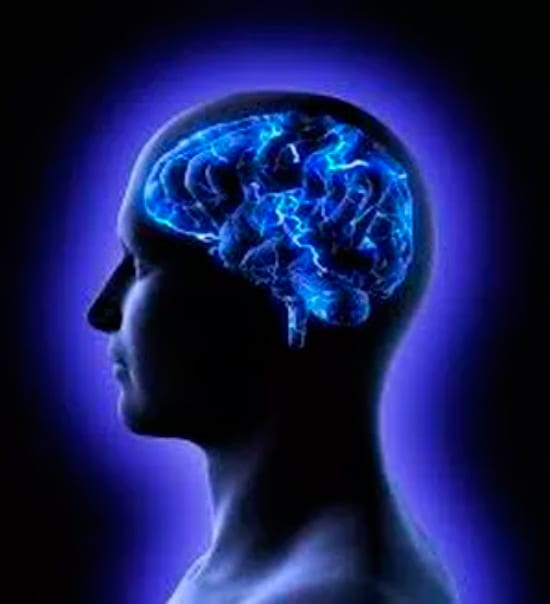
How the mind maps reality – Part 1: Conscious Thinking
(First of a series)
JUST HOW DOES THE HUMAN BRAIN KEEPS US GOING?
The human mind is an exquisite piece of natural design. When you look at it, our brain is working 24 / 7, even when we sleep our brain doesn’t “switch off,” because it has to keep track of time and our sensorial inputs.
Of course, our sensory inputs are filtered and analyzed subconsciously making sure we get up if there is, for example, an earthquake or fire and so on.
Our brain executes split-second calculations and communicates relevant information via electrical signals to our entire body to keep us safe. Have you ever wondered why in an unsafe situation you were able to act so quickly? It was your brain at work.
When we feel afraid of something or a person, our brains trigger a physical “fight or flight” reaction that boosts our natural physical strength.
This all-natural response gives us the power we need to fight or escape from a dangerous situation. Truly, the human brain is a natural marvel that is entitled its fair amount of care and attention.
EXACTLY WHAT IS THE “HUMAN BRAIN?”
The human mind is the totality of conscious and unconscious brain processes that enable us to act and work as individuals. It is the visible expression of our brain activity and fortunately for us, we can learn many essential points concerning ourselves by examining and studying the human mind just how it works.
Our minds are made up of 2 extremely distinct parts called the conscious and unconscious minds.
Some people would certainly suggest that the mind could not be bisected or split in any kind of way. Nevertheless, this is an incorrect presumption because we as of today we cannot access every saved memory and/or experience even if we are totally awake. This apparent constraint reveals to us that the mind that we recognize with is a little component of a much bigger whole.
What’s the job of our conscious mind? What does it do?
The conscious mind makes about 20% of your whole mind. Though it may seem a small portion, the mind is huge area and having 20% of this unique “property” indicates the conscious mind is fairly crucial.
Your conscious mind is in charge of the following functions:
1. Awareness & Understanding— Human brain takes in 11 million bits of information per second from the environment through our senses, yet the conscious mind knows how to decipher through this information so that you can think, make decisions and take action whenever you need to.
Our senses organs are developed to work continuously so the conscious mind needs to analyze and filter numerous sort of stimuli and information to make sure that you are able to respond to the most important ones. When an individual is awake, doing tasks and also communicating with others, it is said that an individual’s waking awareness (consciousness) is working normally.
2. Filtering Ideas— The conscious mind does not just filter stimuli from our senses organs such as the fragrance of soap or the satiny feeling of lotion— it is also accountable for approving and declining different concepts.
The requirements that establishes just what serves as well as just what must be denied is really fed to the conscious mind by the subconscious. This is why we have the tendency to express the exact same set of opinions when we are encountered with typical circumstances in life.
As an example, a witness of a car accident might say that “it’s wrong to drive if you have actually intoxicated alcohol” if he or she sees that a drunk driver has actually triggered the collision.
3. Logic— We understand that the conscious mind assesses the world around us— yet with just what? Your waking awareness’ most crucial tool is logic.
There is no single kind of logic that relates to everybody—everyone’s brand name of logic has different qualities. Logic is defined as “reasoning performed using standards of validity”. If we were to arbitrarily compare two or more people we’ll see that everybody has different life experiences as well as levels of education and learning so these standards of validity can be wildly different.
Subjective rationalism is an essential concept in neuro-linguistic programming (NLP) since, in order to create change in ourselves or in other people, we need to have the working knowledge of just how subjective logic or rationalism happens in the very first place.
4. Linear Processing of Ideas— Have you ever before questioned why technical manuals and even college books take advantage of the “step by step” model of relaying information?
The origin of this peculiar fad lies in how the conscious mind processes information. The conscious mind doesn’t like poor organization so whenever it can, it develops a linear structure when new information is offered. It sequentially processes expertise so that the memory creation becomes easier, as well.
Did This Help You? If so, I would greatly appreciate it if you commented below and shared on Facebook.

